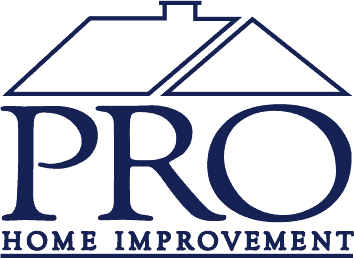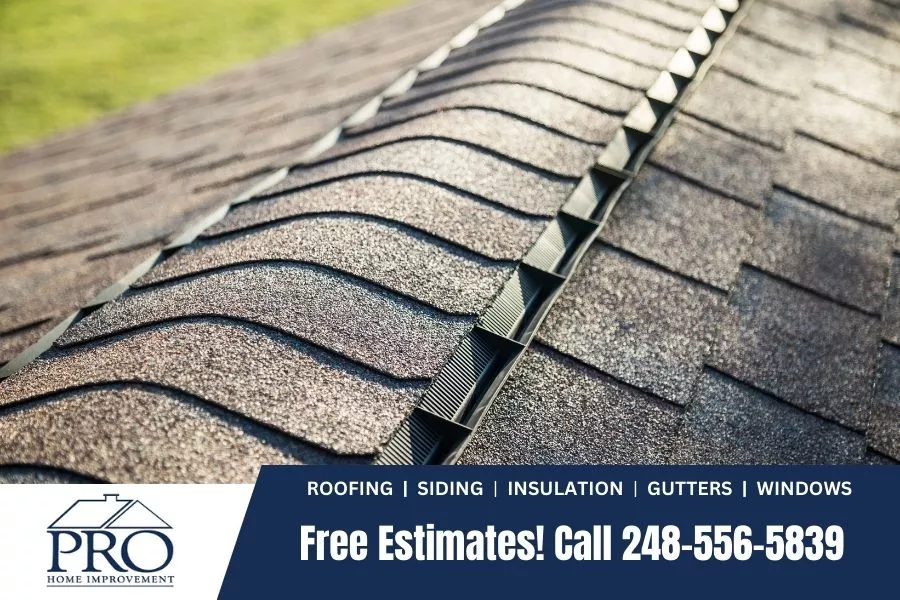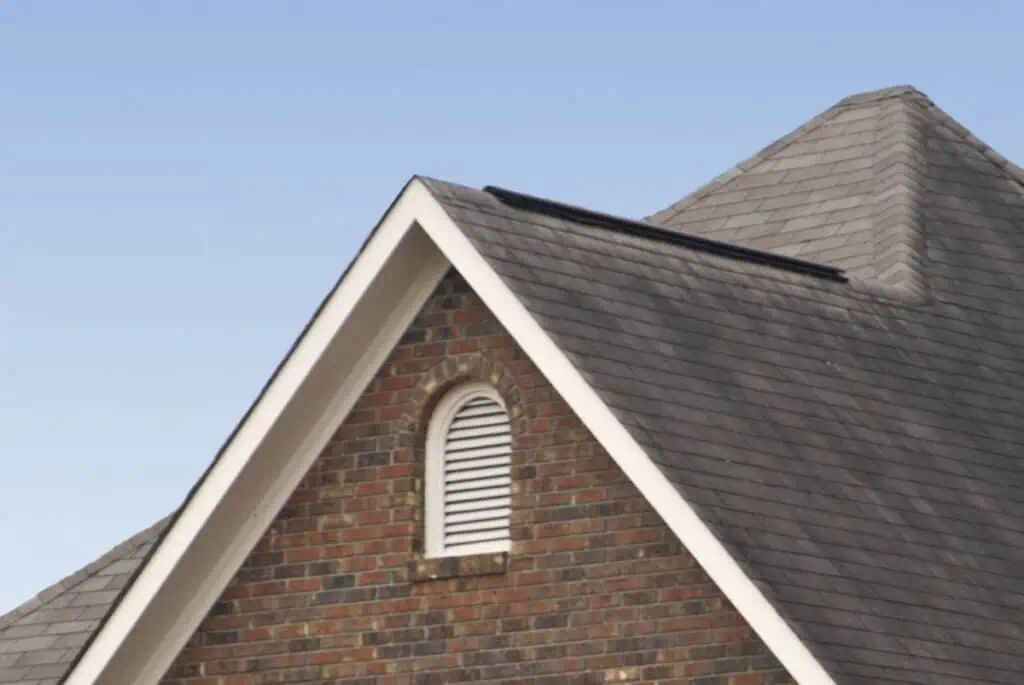Roof ridge caps may be one of many things that come to mind when considering home maintenance. However, these humble roof components protect your home from harsh weather conditions. Acting as the protective seal on the highest points of a roof, they bear the brunt of rain, hail, snow, and intense sunlight. But what exactly are roof ridge caps, and why are they so crucial? Let’s dive into home protection and discover the unsung hero of rooftop defense. This journey might save your home from future weather-related damage.
Roof Ridge Cap Basics
A roof ridge cap is an essential component of the roofing system that covers the peak or ridge of the roof, protecting this vulnerable area. It prevents water, debris, and pests from entering the ridge line, extending the roof’s lifespan. Roof ridge caps can be created using asphalt shingles, which are cut and overlapped to form a waterproof barrier along the ridge. Alternatively, prefabricated roof caps made of metal or other materials can also be used to shield the area.
Asphalt shingle ridge caps are a cost-effective option that experienced roofers can install, while prefabricated caps offer a sleek and uniform appearance but may require professional installation. Both options provide crucial protection for the ridge line, ensuring the overall integrity and longevity of the roof. When considering a roof ridge cap, it is essential to consult with an experienced roofing contractor to determine the best solution for your home. If you need a new roof, ask about the roof ridge shingles used on your house during the installation.
What Is Under Ridge Caps?
Under ridge caps, various alternative options can be used on a roof, including solid, vented, and hip tape closures. Solid ridge caps are continuous and provide a seamless look, while vented ridge caps have openings allowing air circulation. They can also come in different colors and profiles. Hip tape closures are flexible and are used to seal the ridge cap to the shingles. Beneath the ridge caps, ridge vents are installed to improve airflow and help fill the roof. These vents allow hot air and moisture to escape from the attic, preventing mold and moisture damage. They also help regulate the temperature of the loft, which can improve the home’s overall energy efficiency.
Additionally, matching the hip and ridge caps to the shingles used on the rest of the roof is essential for a cohesive and visually appealing roof design. Different colors and styles of ridge caps, such as shadow ridge caps and standard caps, are available to complement the shingles and enhance the roof’s overall appearance. Matching the ridge caps to the shingles also ensures a proper fit and helps maintain the roof’s integrity.
Are Ridge Cap Shingles Necessary for Your Home?
Ridge cap shingles are necessary for your home because the roof ridge is a vulnerable area prone to damage from the elements. The ridge is the highest point of the roof and is, therefore, more exposed to wind, rain, and UV rays. Without proper protection, the ridge can develop leaks and cracks and become more susceptible to wear and tear.
Ridge cap shingles provide extra protection for the roof ridge by covering the seam where the two sides of the roof meet. They are specially designed to fit over the ridge and provide a watertight barrier to prevent water seepage and protect against high winds. The ridge is left unprotected without ridge cap shingles, making it more susceptible to damage, leaks, and potential structural issues.
The potential damage that can occur without ridge cap shingles includes water leaks, mold and mildew growth, and damage to the underlying roof structure. In addition, without proper protection, the roof ridge can be more prone to wind uplift and can lead to shingle damage or even complete roof failure.
How Are Ridge Caps Different Than Normal Roofing Shingles?
Ridge caps differ from regular shingles in several vital ways. Firstly, ridge caps are thicker and pre-bent to fit the shape of the roof’s peak, providing a more secure and snug fit. They are also smaller in size compared to regular shingles. This design facilitates better protection from water and snow, ensuring that the roof’s peak is resistant to leaks and damage and protects the roof from water.
Additionally, ridge caps are made from different materials and constructed to enhance their durability and weather resistance. They are typically made from a heavy-duty material such as fiberglass or asphalt and feature a modified design that allows for better ventilation and water shedding. Using suitable materials for ridge capping is crucial to ensure proper protection for the roof’s peak, preventing damage and leaks for most residential roofs.
Protection from Pests and Rodents
To ensure the roof ridge capping is 100% efficient in keeping pests and rodents away from the attic, the following materials are necessary:
Ridge cap shingles
These are designed to cover the roof’s peak and provide a protective barrier against pests and rodents.
Sealing materials
Additional sealing materials, such as roofing caulk, foam insulation, or weather stripping, are needed to cover vents, cuts, holes, and roof ridge gaps. This helps to prevent any potential entry points for pests and rodents.
Mesh screens
Installing mesh screens over vents and openings can prevent pests from accessing the attic.
Flashing
Properly installed flashing can help seal any gaps or joints in the roof, deterring pests and rodents from entering.
To ensure all attic areas are correctly sealed, inspecting and sealing potential entry points thoroughly is essential. This includes checking for gaps around chimney flues, pipes, and other openings. The attic can be effectively protected from unwanted pests and rodents by using suitable materials and paying close attention to sealing off vents, cuts, holes, and roof ridge gaps.
How Ridge Cap Problems Lead to Leaks
Ridge cap problems can significantly impact roof leaks, as this area is particularly vulnerable to water penetration. The ridge cap is the highest point on a roof and acts as a protective cover for the seam where two slopes meet. Issues with the ridge cap, such as cracks, gaps, or improper sealing, can lead to water seeping into the roof and causing leaks. Additionally, poor installation or damage sustained over time can contribute to ridge cap problems and lead to leaks.
The potential causes of leaks related to ridge cap issues are numerous. Damage from severe weather, aging materials, or improper installation can all affect the integrity of the ridge cap and lead to water infiltration. Homeowners can take steps to address ridge cap problems and prevent leaks by conducting regular maintenance, such as inspecting the ridge cap for any signs of damage and ensuring proper sealing. It is also crucial for homeowners to consult with a professional roofing company to address any issues with the ridge cap and prevent leaks from occurring. By taking these preventative measures and seeking professional consultation, homeowners can protect their roofs from potential leaks caused by ridge cap problems.
Get a Free Quote
Don’t wait for the next weather calamity to wreak havoc on your home. Give your roof the care it deserves today by contacting Pro Home Improvement. Their expert team will conduct a comprehensive roof inspection, paying particular attention to your ridge vents and caps. Plus, they offer free quotes on any necessary repairs or replacements. Remember, prevention is always better than cure. Secure your home’s future against weather-related damage. Dial 248-556-5839 now and schedule your roof inspection with Pro Home Improvement.



